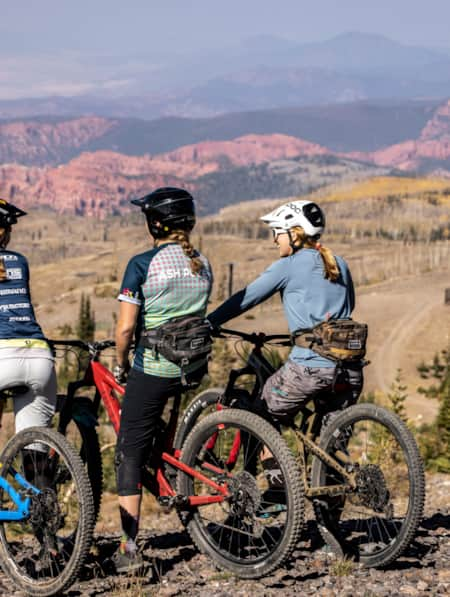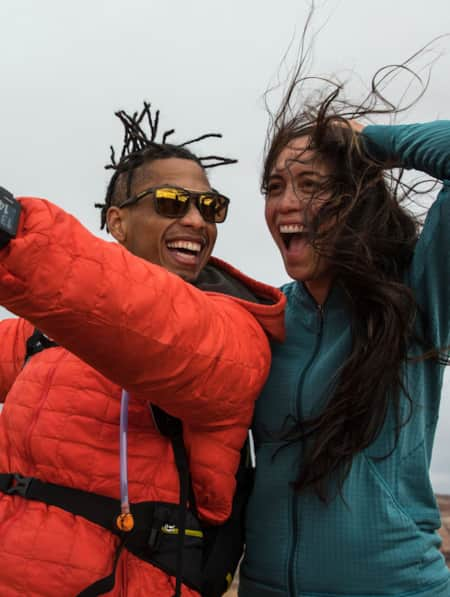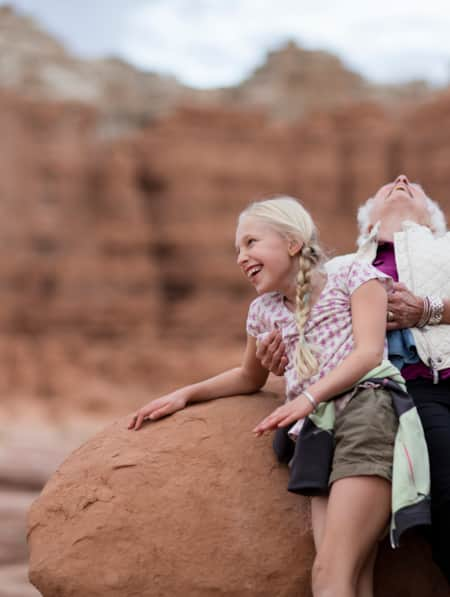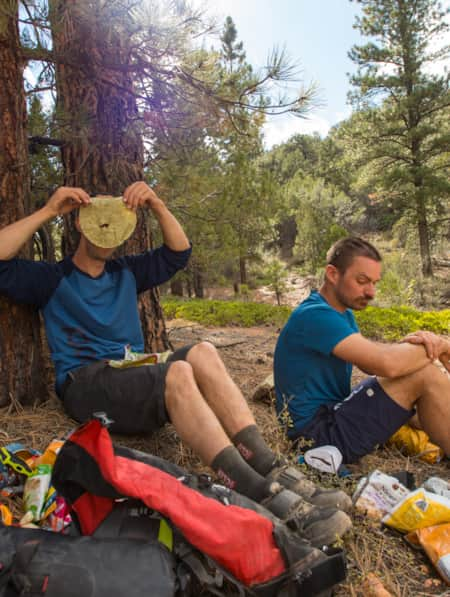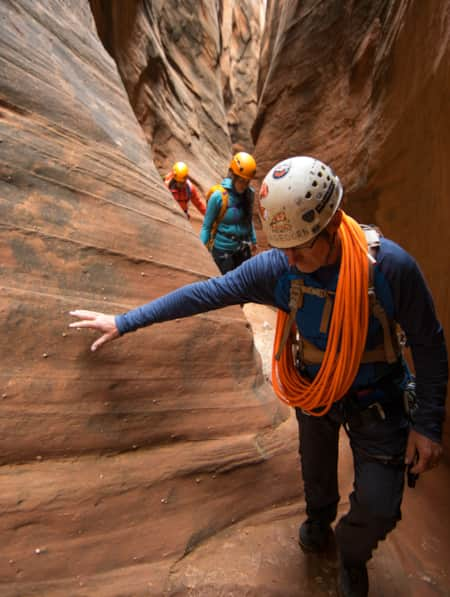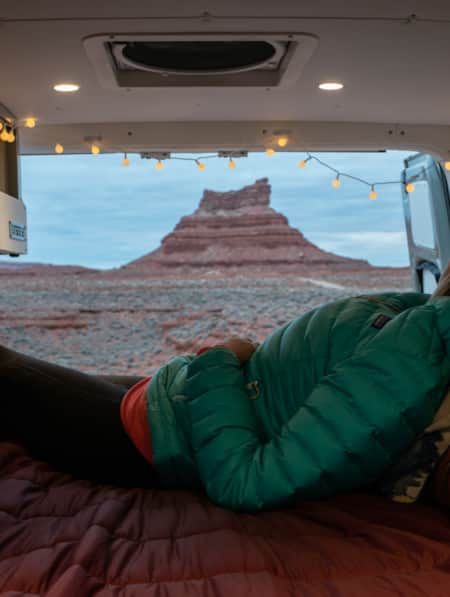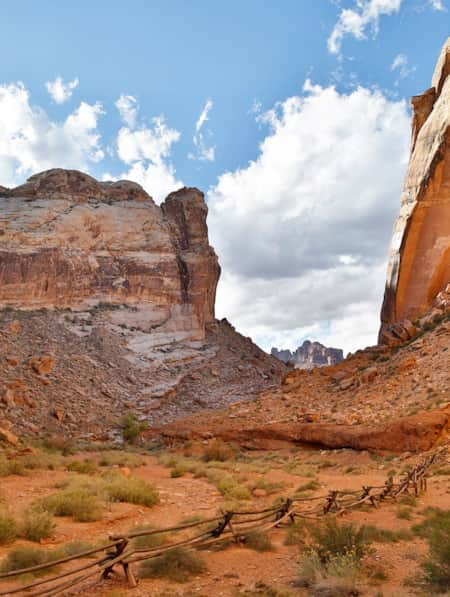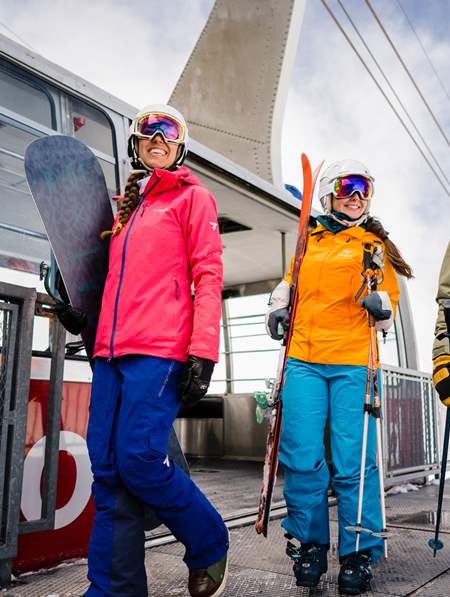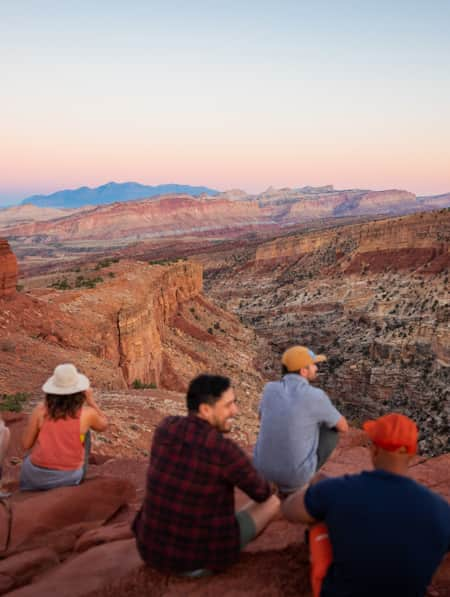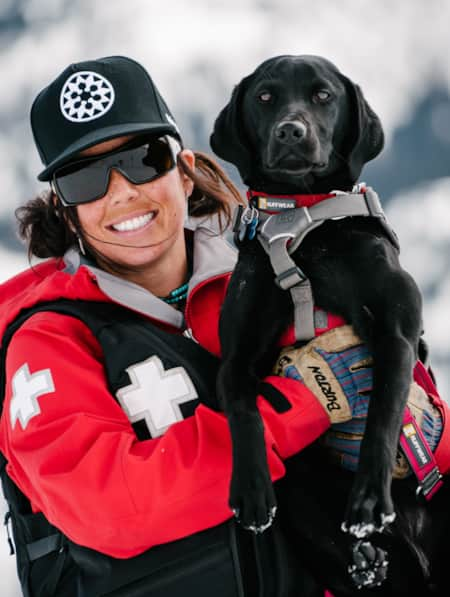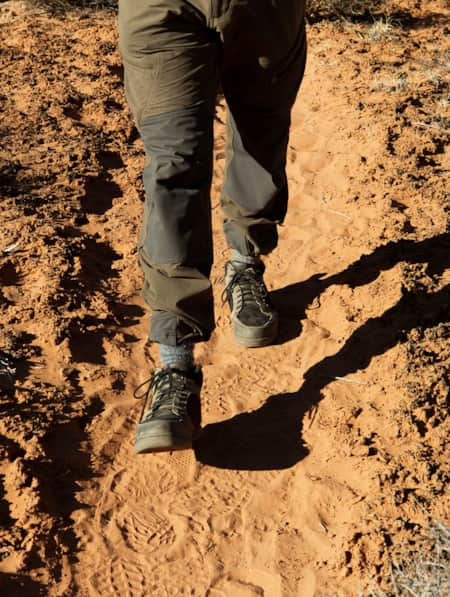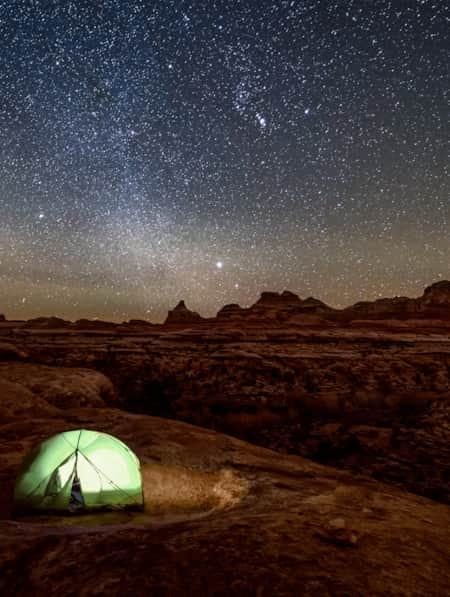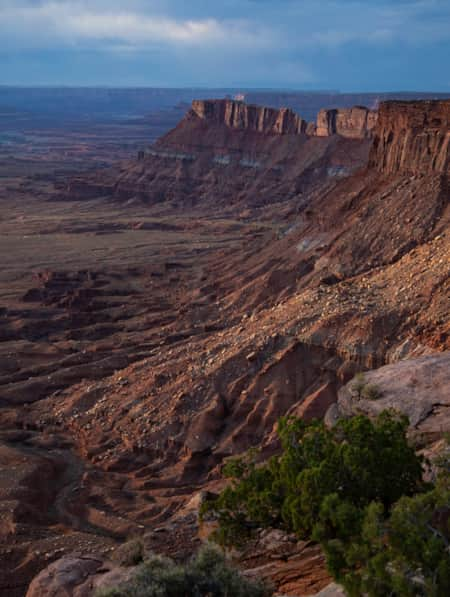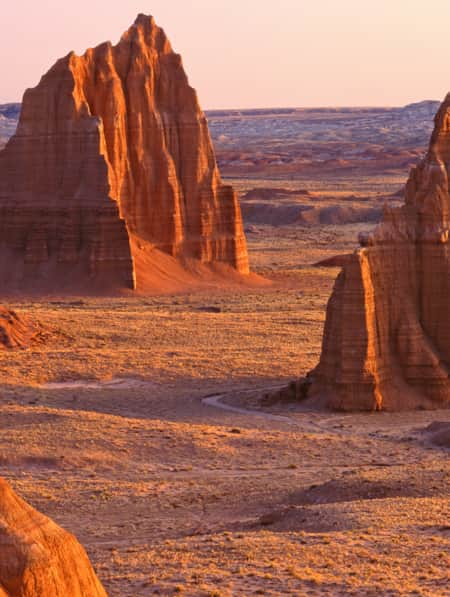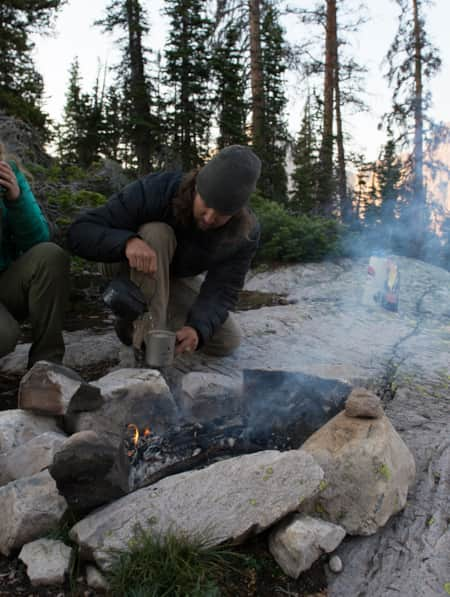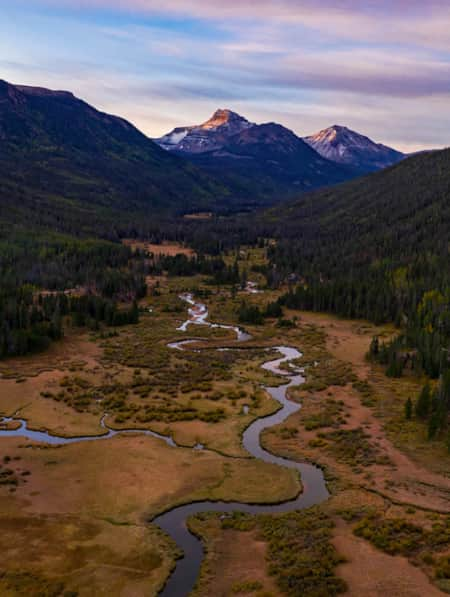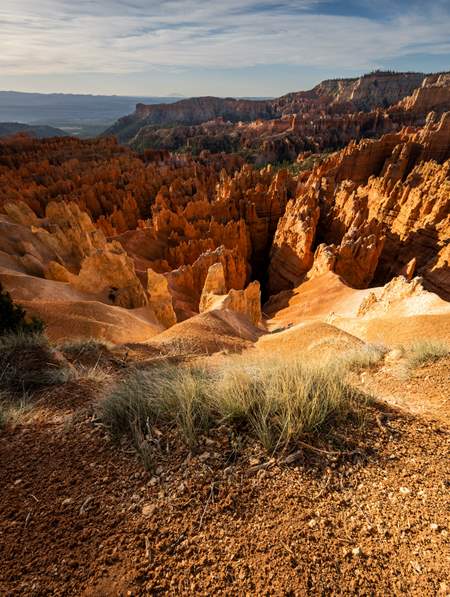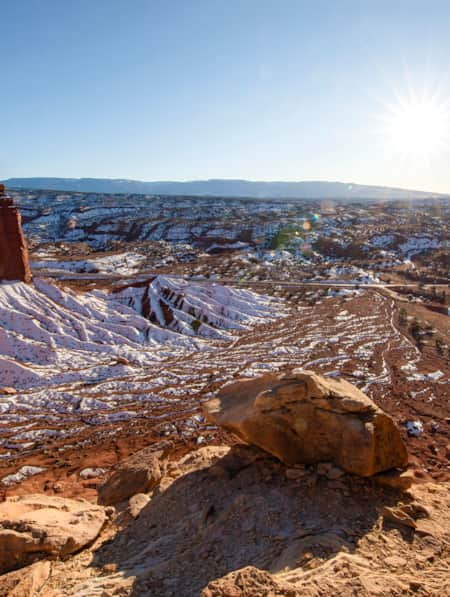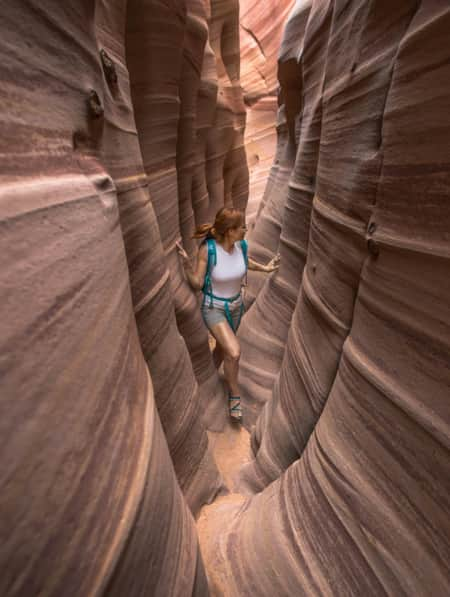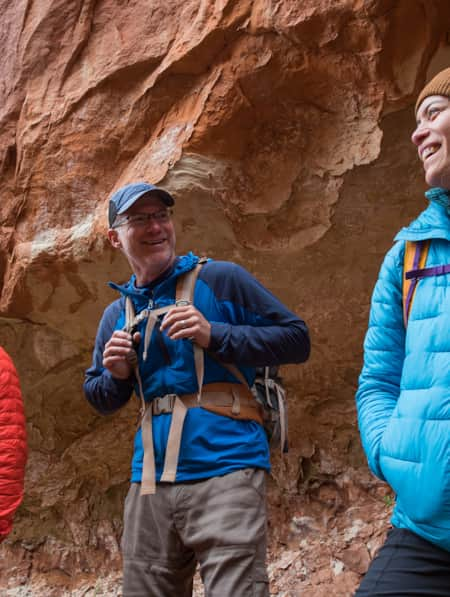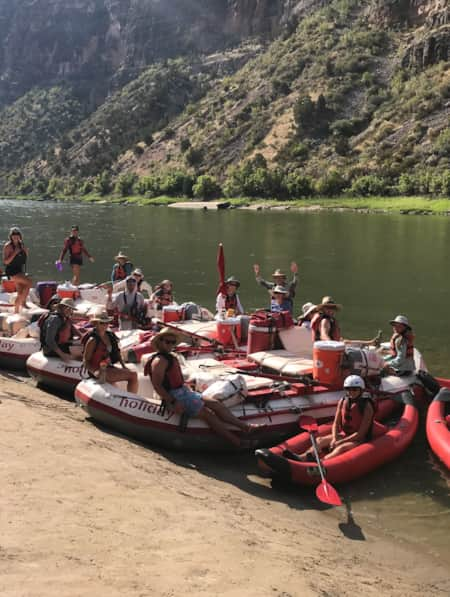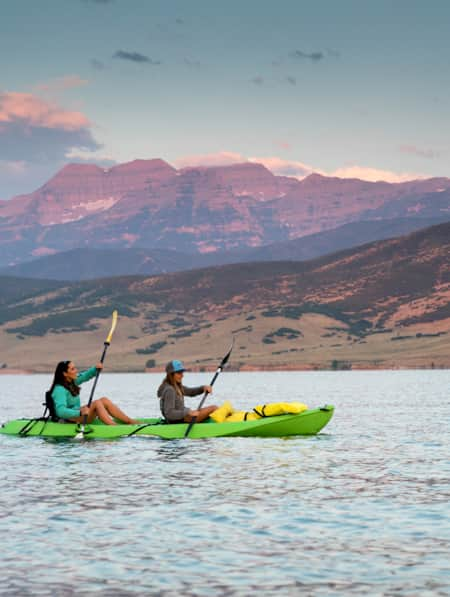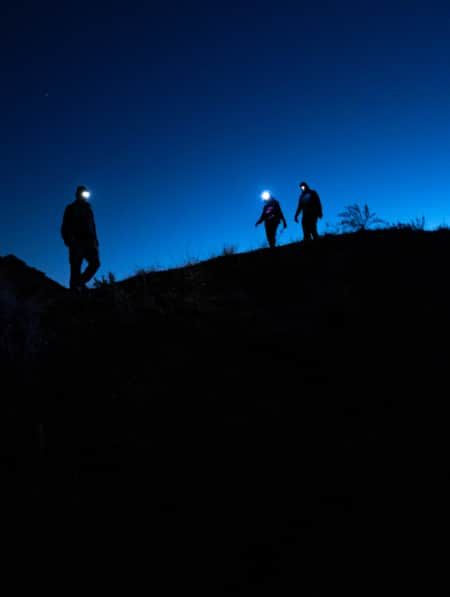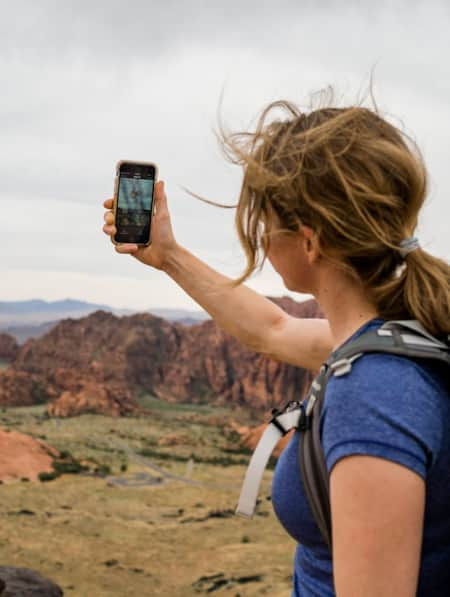Walking The Line Between Risk and Responsibility
Why a Hawaii-based highliner and influencer hasn't returned to Utah — yet.
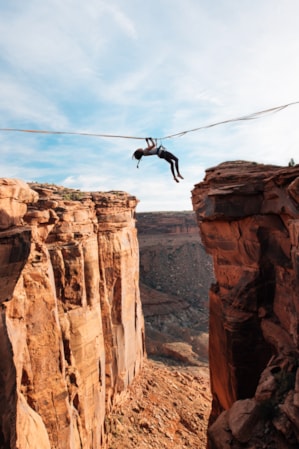
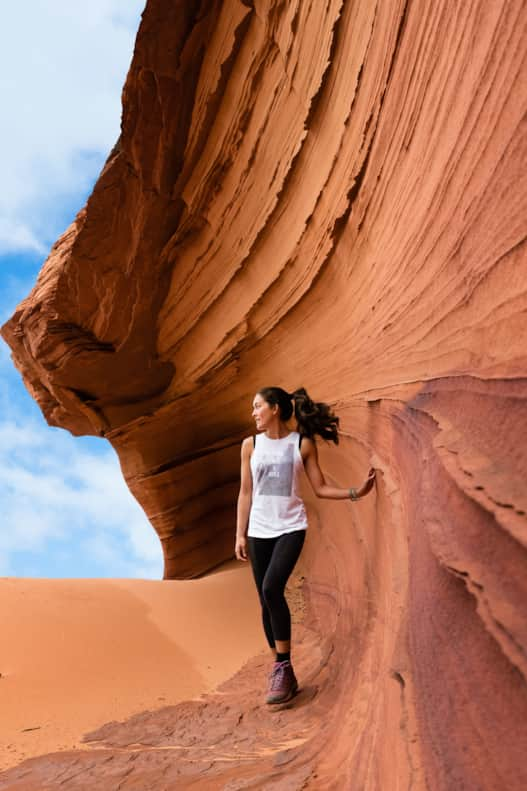
The Before
I was supposed to be flying to Utah in a few hours for a dream assignment. This was March 12, and I had been hired to visit one of my favorite states on a personalized itinerary — think glamping outside of the red rocks of Zion National Park, helicoptering to remote slot canyons, and a few days of spring skiing — in order to take photos and write about it for #SheTravelsUtah, an effort to celebrate women in the outdoors.
Yet March 12 was an important day in the trajectory of what would turn out to be an unprecedented time period. While tourists streamed into my home state of Hawai'i for spring break vacations, the World Health Organization officially classified the COVID-19 outbreak as a pandemic. Coronavirus patients were overwhelming hospitals in Italy, but the virus hadn’t yet made its presence overtly known in the United States where little more than 200 cases had been reported in the entire country. I felt safe and all the statistics seemed so far away.
As a freediver, highliner, surfer and acrobat I've developed a tolerance for risk, which exists at the edges of everything I do. Risk and I flirt, but I'm calculated enough to never get too close. So I treated this situation as I would most of my outdoor endeavors — with objective logic and a hard look at the best available information.
I called my manager and read articles looking for guidance. There were three suspected cases in Utah, almost no cases for my age group being fatal, so I didn't see that the virus would affect me too much.
On a whim I called Kayden, my most science-oriented, clear-eyed friend. She’s a research scientist working in the pathology lab at my local hospital in Kaua'i, who also paddles up to 20 miles across the open ocean in her canoe. If there was anyone who was going to tell me not to panic, it was Kayden.
"I treated this situation as I would most of my outdoor endeavors — with objective logic and a hard look at the best available information."
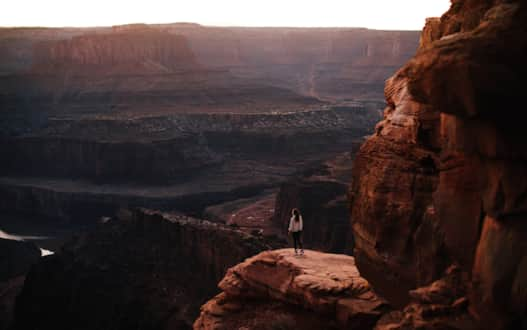
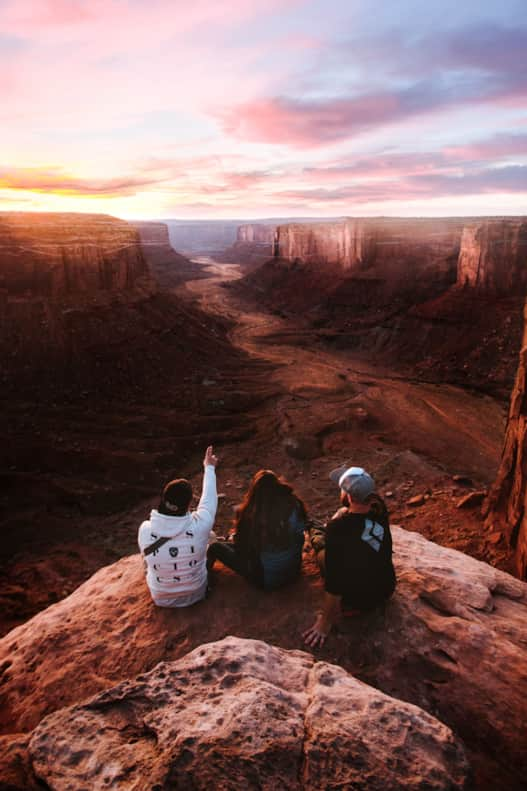
“Am I super worried about you getting coronavirus and dying? No. But for those of us who have the privilege of being healthy, young and financially stable, our actions now are more of a moral question than a question of health.”
I had never thought of it that way. While I packed my bags, I kept coming back to Kayden's words: Values. Vectors. Curves.
What do you do when you don't know what to do?
In the outdoors, I have one inalienable rule: Always listen to my intuition.
So I turned around. I turned around because in that moment I realized it wasn't about me living or dying. It was about my community and my relationship to it. It was about honoring my values of responsible visitation even in this unprecedented situation. While I was OK with the risk to my own health, I couldn't tolerate the idea that I could be an unknowing participant in someone else's sickness. It was about being part of the solution in flattening the curve for those on the frontlines who don't have the option to stay home.
It wasn't until a few days later that it became clear how quickly things would escalate. Now with the benefit of nearly a month of hindsight, a month of living under voluntary, and eventually mandatory, shelter-in-place orders, I'm just now grasping the importance of that decision.
The Temporary Now
While I won't be traveling anywhere for now, I do plan to one day make it back to Utah.
When people ask me “What is it about Utah?,” I answer: It's diverse and dramatically beautiful.
Of course it means different things to different people, but for me, Utah is the place that invites me to push myself. It's where I learned to snowboard. It's where I tried indoor climbing for the first time and experienced some glorious knuckle-scraping outdoor climbs, too. It's where I highlined for the first time, nervous tears dripping down to the sandstone 500 feet below me. It's where I have cried many happy, triumphant tears and shared my love of the highlining sport with many friends.
Some of my favorite Utah adventures over the years include: Getting completely stuck on a dirt road in Grand Staircase–Escalante National Monument and being covered from the neck down in mud from digging us out, overnight backpacking with five of my friends to Jacob Hamblin's Arch (stunning), seeing purple fields of flowers against the red rocks of Indian Creek, taking a helicopter over Moab (seeing the sandstone structures from above is wild), night snowboarding at Brighton Ski Resort in Big Cottonwood Canyon, and watching dozens of paragliders silently gliding around Fisher Towers at sunset.
My favorite places also always seem to have something to do with the people I meet there. In Utah, I've sat across the dinner table from female base jumpers, documentary filmmakers, a founder of a global nonprofit, as well as outdoor sustainability advocates, professional ski mountaineers, climbers, women who live in their vans full time, and women who regularly testify at Congressional hearings. So many incredible women who have humbled and elated me with their stories of facing their biggest fears. Somehow, by some kind of magnetism that attracts similar energies together, they all live in Utah. (Read: From Sparkles to Sparks)
Happily Ever After
What will we all do after this pandemic fades and the need to social distance recedes? As we emerge from The Great Indoors once again to The Greater Outdoors, I know I will approach with an increased sense of wonder, a renewed sense of commitment to keep spaces pristine, and a desire to keep access open for future generations. In Utah, they call this ethic Forever Mighty.
As the world inches towards recovery, I've started thinking about when I will feel good about traveling again. I'm sure, much like the night of March 12, it will be hard to know what's completely right in the moment. Risk gives decisions consequences. That's what makes them matter.
"I know I will approach with an increased sense of wonder and a renewed sense of commitment to keep spaces pristine."
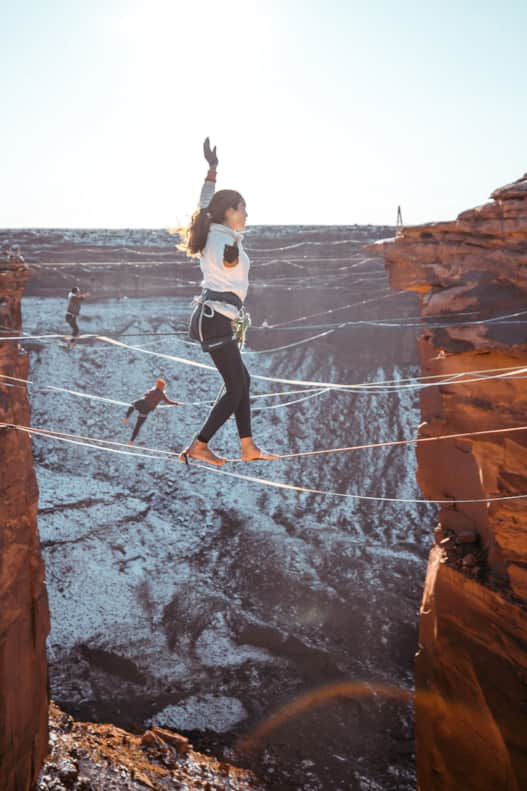
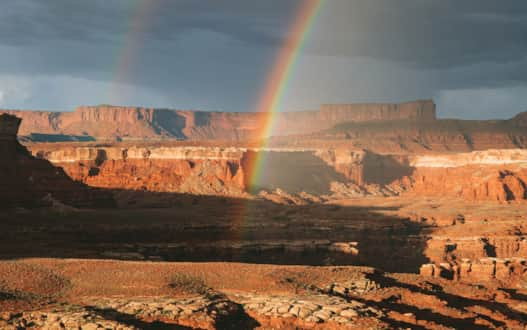
When I do decide, I think it will be by similar criteria that I judge decisions in the outdoors, particularly the actions I take when no one is watching:
- Would I want everyone doing it this way? What's the ripple effect?
- Is this an acceptable amount of risk?
- Could this harm the environment or anyone else other than myself?
- Am I doing it for the right reasons?
- Am I following both the spirit and the legality of community guidelines?
I look forward to the moment when I can visit Utah and once again challenge myself among its mountains and deserts. Like many people, my life lately has been a limbo of cancelled jobs, increasing government regulation, push-up challenges, a search for normalcy, settling in, neighborhood adventures, anxiety, productivity and intense global gratitude — all rolled into one.
From experience, where we are now feels a bit like sitting in the middle of a highline. It's an uncomfortably temporary place to be. It's a shaky limbo that lacks the excitement of moving forward and the comfort of being back on solid ground. I'm itching to start moving and doing, not to go back, but to lean forward on our way to a new normal.
I recently came across footage from the very first time I ever highlined. I was a mess. No one can hold your hand when you’re out on the line. Yet, much like now, we found other ways to support each other across the distance. My friends and I sang Ben Howard’s “Keep Your Head Up” at the top of our lungs and it reminds me of the Italians singing together from their balconies. In one of the quieter moments of highlining, when I was feeling particularly anxious and stuck, my friend Ryan gently offered some advice from across the canyon.
“Don't try to pretend this isn't happening. Look down. Can you see the beauty in what you're doing right now?”
I laughed at how appropriate Ryan's words were to me then — and are to me right now. There are many hard decisions to be made in the near future about when we can all go back to work, when we can travel, and how far. These decisions will require our utmost level of critical thinking, empathy and risk assessment. But not today.
Today I’m here. Just sitting with it all. Shouting words of encouragement into the abyss and finding new forms of connection across canyons, across countries, and across the street in my own neighborhood. Can I see the beauty in where we are now? Yes, yes I can.
If you need more information on the coronavirus pandemic in Utah, please consult this resource.

